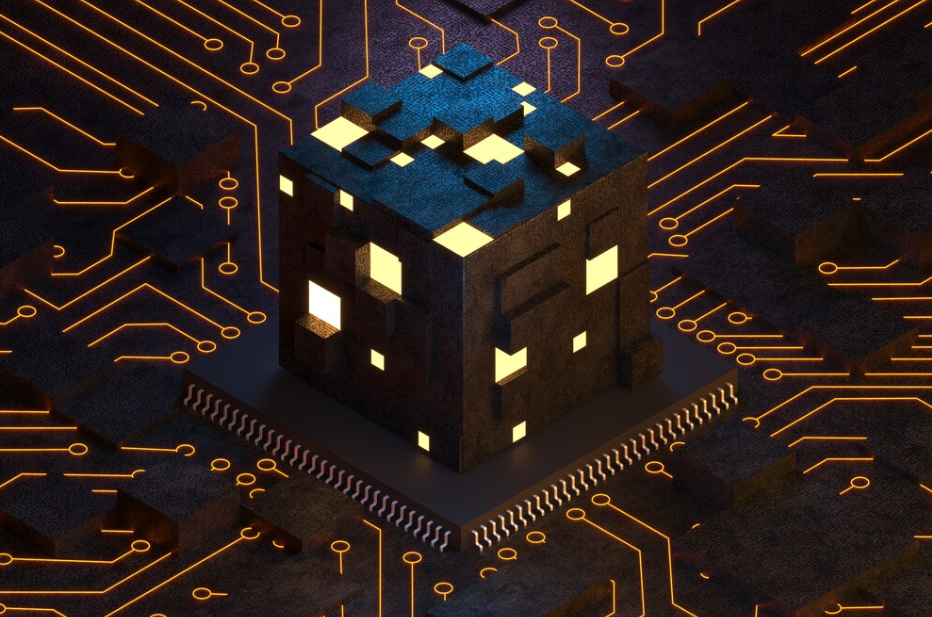In the world of technology, errors are often seen as the enemy. Bugs, crashes, and glitches are generally something to be avoided — anomalies to be fixed, dismissed, or forgotten. But what if, instead of eliminating these errors, we could monetize them? Welcome to the rise of the error economy, where chaos, glitches, and mistakes are becoming valuable assets in the digital age.
In this new world, not only are errors tolerated — they’re embraced, celebrated, and sometimes even profitable.
The Glitch as a Commodity
For years, software developers and hardware engineers have worked tirelessly to reduce errors. Clean, bug-free code is considered the gold standard, and system downtime is seen as a business failure. However, as technology has advanced, the very things once deemed imperfections are starting to be used as creative opportunities and new revenue streams.
Examples of Errors as Assets:
- Bug Bounties: Software companies offer rewards to security researchers who discover vulnerabilities. The bug itself becomes a commodity, one that can be bought, sold, and exploited for profit.
- Gaming Glitches: In online games, certain errors or glitches become infamous for giving players an unfair advantage. Some players even monetize these glitches by creating guides, streaming the exploits, or selling “glitch mods.”
- Data Corruption as Art: Digital artists have begun to use corrupted files and data errors to create intentionally distorted artwork. What was once considered an unwanted mistake is now a medium for creativity.
In each case, the error, once a burden, becomes a marketable asset.
The Economics of Chaos
The concept of the error economy extends beyond glitches in software and gaming. It’s about how disruption and chaos are increasingly used in the broader tech ecosystem as tools for generating revenue. Here’s how:
1. Disruption as Innovation
Companies often capitalize on technological disruption. For example:
- Tech Startups: Many startups thrive by offering solutions to problems created by earlier technologies. The “failure” of a previous generation’s technology (such as early cloud systems or the first iteration of social media platforms) becomes the foundation for new businesses. The chaos created by one technology failure drives the market demand for its successor.
- Viral Moments: Social media platforms thrive on the unpredictable nature of viral content, often created from random errors, typos, or misunderstood interactions. A simple mistake can lead to a meme, which in turn becomes a monetizable asset through engagement, sponsorships, and merchandise.
2. Glitch Art and Digital Culture
While traditional art markets prize pristine, flawless works, glitch art embraces imperfections. This genre, born from errors in digital systems, has grown into a subculture that celebrates visual disruptions caused by corrupted data, hardware malfunctions, or faulty algorithms.
Digital artists have turned these errors into highly collectible art, with glitch-inspired pieces selling at significant prices in online marketplaces. The more “authentically” corrupted the image or video, the more valuable it can be.
3. Cryptocurrency and Blockchain Glitches
Even blockchain technology, which promises a utopian future of transparency and security, has its own glitches — but in this ecosystem, these glitches have become a business opportunity:
- 51% Attacks: When a majority of the computing power on a blockchain is controlled by a malicious actor, it can disrupt the entire system. While these attacks are often seen as vulnerabilities, some companies have found ways to profit from “fixing” these issues by providing services to safeguard against them.
- Smart Contract Failures: Bugs in smart contracts are inevitable, but rather than being abandoned, these failures are often marketed as a chance for improvement. Some startups capitalize on offering solutions for error-free contract execution or post-launch debugging.
The Ethical Dilemma of the Error Economy
The error economy isn’t without its complications. By commodifying glitches and chaos, we might be encouraging irresponsible behavior or unsustainable practices. If errors are monetized, there’s less incentive for developers and companies to thoroughly test systems or make products reliable. Instead, the cycle of chaos could become self-perpetuating:
- Exploiting Bugs: If bugs can be monetized, there may be fewer incentives to fix them quickly, leading to more exploitable weaknesses in systems.
- Gambling on Failure: Companies might adopt risky business models or engage in practices that increase the likelihood of failure, knowing they can profit from the aftermath.
- Privacy Concerns: In the race to monetize errors, companies could inadvertently expose user data or compromise privacy in the process.
There’s a thin line between creative chaos and negligent exploitation, and walking this line will require careful regulation and thoughtful design.
The Future of the Error Economy
As we continue to embrace the digitization of all aspects of life, errors and glitches will only become more prevalent. This makes the error economy a fascinating and ever-evolving space.
As we move forward, industries may:
- Innovate around failure: New products and services could be built with the explicit purpose of creating a “controlled” form of chaos, using errors as part of the design strategy.
- Create markets for imperfection: Entire new industries could rise up around the production and distribution of “flawed” technologies and systems, creating a new wave of entrepreneurship focused on imperfection.
- Harness AI for unpredictability: As artificial intelligence continues to advance, we could see machines that intentionally create chaos or unpredictability as part of their function, designing systems that embrace nonlinear feedback loops.
In the error economy, failure is no longer the end of the story — it’s the beginning of a new opportunity.
Conclusion
The error economy is a paradigm shift that turns traditional notions of efficiency, success, and control on their head. By monetizing glitches, chaos, and mistakes, we have redefined failure as a resource. Whether in the form of digital art, gaming exploits, or blockchain vulnerabilities, the future of tech might not be about perfection, but about embracing the beauty of imperfection.
In this new economy, mistakes aren’t just tolerated — they’re celebrated, monetized, and woven into the very fabric of innovation.


